
In backyards across the country, chickens still dominate, but a quieter, smaller bird is meeting the same needs with far less fuss—quail. They’re not here to replace chickens entirely, but they do bring certain advantages with them. This article walks you through 10 clear reasons why quail might be the smarter backyard farm pick.
Require Less Space Than Chickens
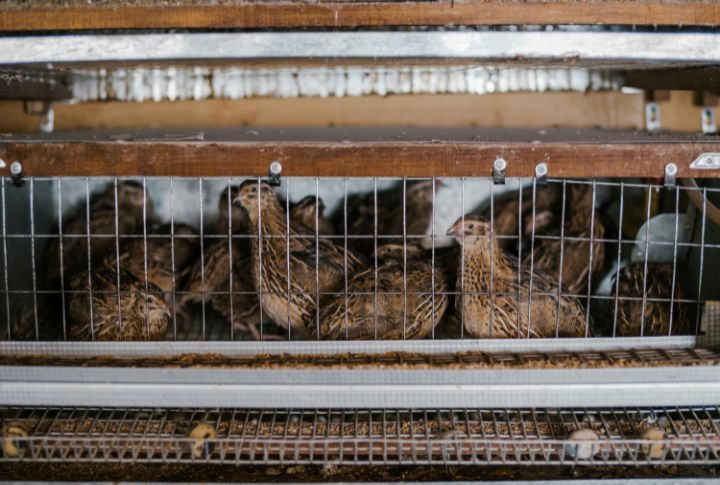
Coturnix quails need just 1 square foot of space each, while chickens require at least 4. That difference allows 3 or 4 quail to live comfortably where only one chicken could. Also, since quails thrive in stacked cages or compact aviaries, they’re a better fit for tight urban yards where chickens often aren’t practical.
Mature In Half The Time
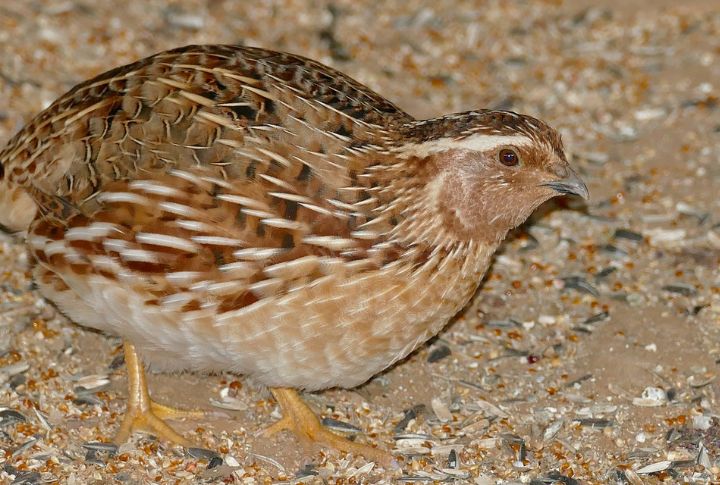
Chickens usually start laying at 5 to 6 months, but Coturnix quails begin at just 6 to 8 weeks. Such rapid turnaround means less waiting and quicker egg production. For new keepers or small-scale setups, it’s an easier way to test if keeping birds is a good long-term fit.
Eggs Are Nutrient-Dense
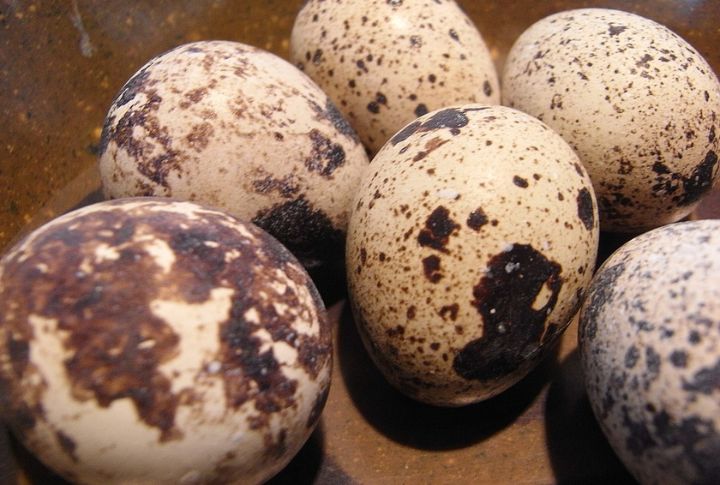
Quail eggs carry more iron and vitamin B12 per gram than chicken eggs, and they’re also higher in riboflavin and selenium. Because of this, they appeal to both chefs and health-conscious shoppers. In addition, some allergy sufferers find them easier to tolerate, making them a great choice for special food requirements.
Much Less Noise, Fewer Restrictions

Females of the Coturnix breed make soft, cooing sounds, while males produce a gentle crow that rarely carries. That’s a real advantage in areas where noise rules limit backyard livestock. The soft sounds of the quails keep things discreet, usually quiet enough that neighbors remain unaware of their presence. Roosters, by comparison, are banned in many urban areas for their volume.
Feed Efficiency Saves Money
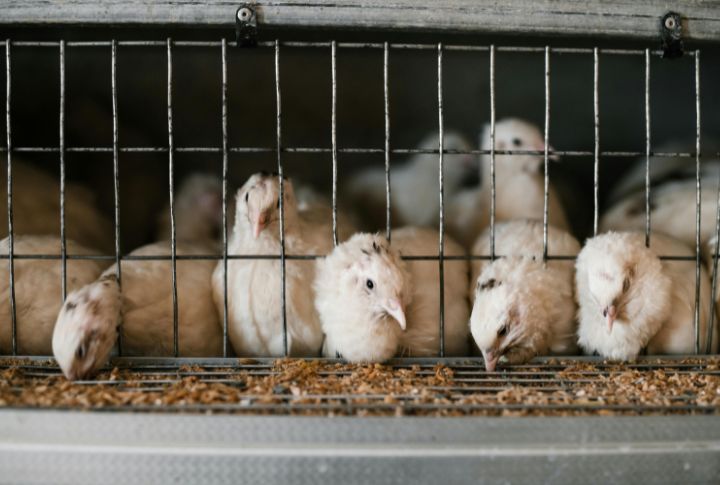
Each quail consumes just 20 to 25 grams of feed per day, significantly less than the average chicken, which ranges around 100-120 grams. That smaller intake already cuts costs, but their tidy eating habits do even more. Given that they don’t scatter grain, commercial feeders stay cleaner, reducing waste over time.
High Output In A Short Cycle
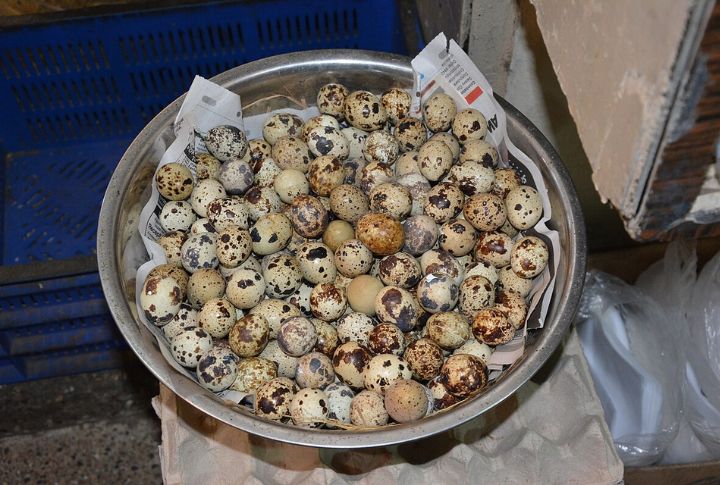
Coturnix quails lay 250 to 300 eggs annually under proper conditions, with consistently high fertility and hatch rates. Additionally, what sets them apart is speed, as eggs hatch in just 17 to 18 days. For those rotating flocks or seeking sustainable turnovers, this pace supports a compact, low-maintenance system that keeps producing.
Friendly To Gardens And Greenery
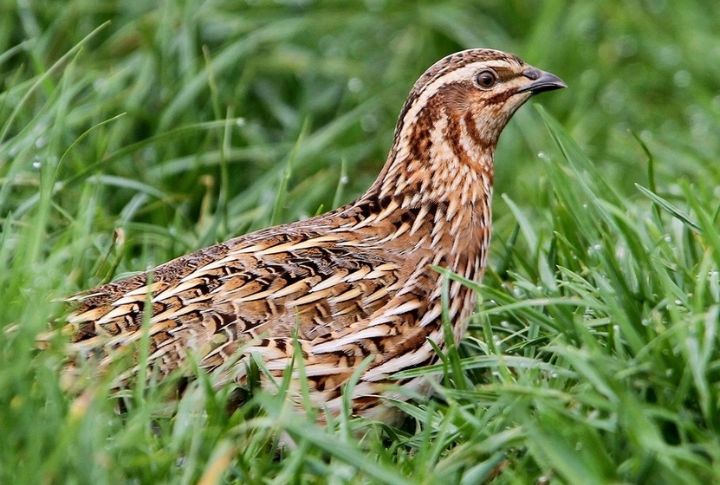
Unlike chickens, these birds don’t dig, scratch, or rip up roots as they forage. That makes them safer around delicate plants. Since they graze without damaging beds, gardeners mostly welcome them as low-impact companions in home plots. Their small droppings also compost quickly without overwhelming the soil.
Laying Continues Without Disruption

Egg production stays steady with quails since they rarely go broody or stop to incubate their eggs. Chickens, by contrast, often pause for weeks at a time. This consistency makes it easier to maintain supply, and over time, it supports a more reliable and manageable backyard routine.
Eggs Sell For Up To $7 Per Dozen
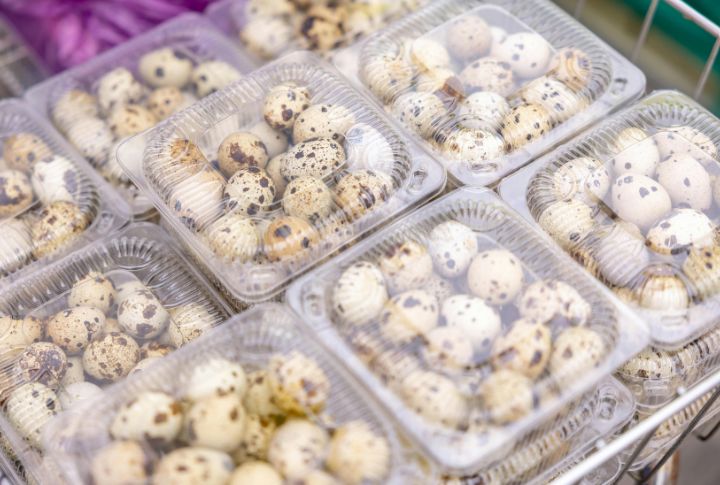
In specialty markets across the U.S., a dozen quail eggs typically retail between $4 and $7. Their spotted shells attract gourmet chefs, while nutrition-conscious buyers value the iron and B12 content. Small farms and backyard sellers enjoy higher profit margins due to this niche demand and consistent buyer interest.
No Perches, No Nest Boxes Needed
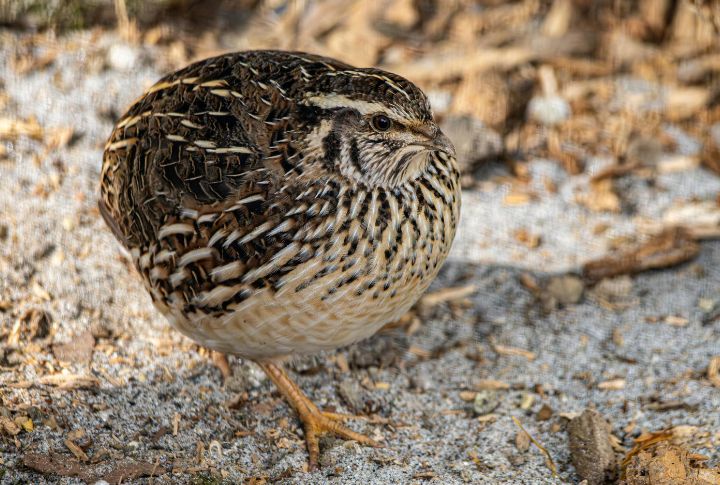
Quails lay eggs directly on the ground, and as a result, they don’t need elevated roosts or complex nesting setups. That simplicity shortens the setup process for beginners and cuts costs right away. With fewer parts to manage, keepers spend less time fixing structures and more time focusing on bird health and daily care.

